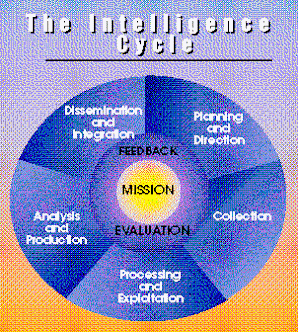The Shifting Landscape of Passport Fraud
The recent case involving the arrest and deportation of the Russian intelligence network in the United States has once again raised the subject of document fraud in general and passport fraud in particular. The FBI’s investigation into the group of Russian operatives discovered that several of the suspects had assumed fraudulent identities and had obtained genuine passports (and other identity documents) in their assumed names. One of the suspects assumed the identity of a Canadian by the name of Christopher Robert Mestos, who died in childhood. The suspect was arrested in Cyprus but fled after posting bail; his true identity remains unknown. Three other members of the group also assumed Canadian identities, with Andrey Bezrukov posing as Donald Heathfield, Elena Vavilova as Tracey Foley and Natalia Pereverzeva as Patricia Mills.
Passport fraud is a topic that surfaces with some frequency in relation to espionage cases. (The Israelis used passport fraud during the January 2010 operation to assassinate Mahmoud al-Mabhouh, a senior Hamas militant commander.) Passport fraud is also frequently committed by individuals involved in crimes such as narcotics smuggling and arms trafficking, as well as by militants involved in terrorist plots. Because of the frequency with which passport fraud is used in these types of activities — and due to the importance that curtailing passport fraud can have in combating espionage, terrorism and crime — we thought it a topic worth discussing this week in greater detail.


0 comments:
Post a Comment